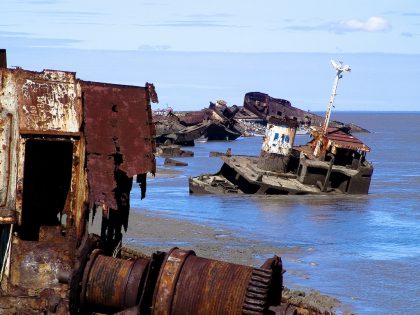Cyclone Idai and climate justice
Beyond immediate disaster relief, sustainable global responses to climate change require greater and more predictable funding to strengthen the resilience of the planet's most vulnerable regions.

Image credit Climate Centre via Flickr (CC).
Nearly two weeks after Cyclone Idai struck the coast of Mozambique, near Beira, the flood waters are receding to reveal a shattered landscape. Houses and roads are washed away; crops awaiting harvest are destroyed. Confirmed deaths number in the high hundreds across Mozambique, Zimbabwe, and Malawi, with the total still unknown. Emphasis is shifting from the rescue of survivors clinging to treetops and rooftops, to provision of food, housing, and medical care for hundreds of thousands left homeless.
Even as local relief efforts gear up, there is a need to also focus on broader global implications. The causal connection between climate change and extreme weather events, such as Cyclone Idai, is clear. The need for climate actions in both poor and rich countries is beyond dispute. These include making the response to crises sustainable, increasing resilience to the effects of climate change through adaptation, and rapidly accelerating action to cut greenhouse emissions from fossil fuels.
Whose responsibility should this be? At the 1992 Earth Summit in Rio de Janeiro, the first global climate agreement affirmed that much of the burden should be shouldered by the wealthy countries:
The Parties should protect the climate system for the benefit of present and future generations of humankind, on the basis of equity and in accordance with their common but differentiated responsibilities and respective capabilities. Accordingly, the developed country Parties should take the lead in combating climate change and the adverse effects thereof.






